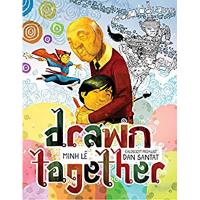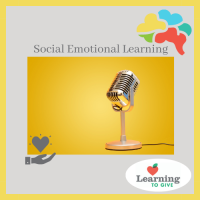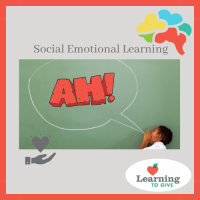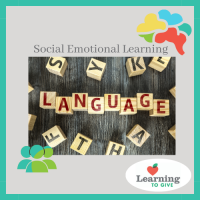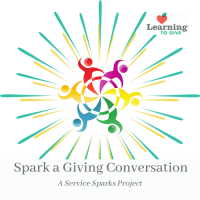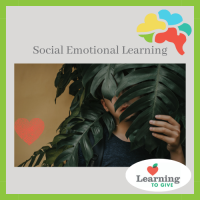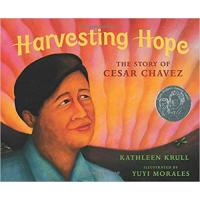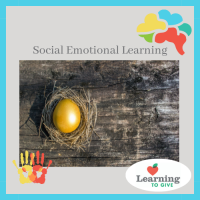In this book, author Minh Le and illustrator Dan Santat weave together a beautiful story about finding connections and celebrating differences. The story has roots in the childhood experiences of the author and illustrator with their own grandparents. The author is Vietnamese American,...
This project is a simulation meant to guide participants through the process of organizing a protest/demonstration. Participants are asked to identify a problem they want to solve and then plan a nonviolent protest/demonstration while being conscious of safety, resources, community norms, and ethical behavior. The hope is that this activity might inspire the next Greta Thunberg or Malala Yousafzai to take action and create change!
The "Current Event Check-In" is an Everyday SEL practice. It is a culturally responsive version of the daily emotion check-in; it offers youth the opportunity to check-in regarding the current events in their communities. In order to have a social awareness of one’s community, youth must be able to inquire, discuss, and share their thoughts and opinions about the events in their community on a regular basis.
"The Shout" is an Everyday SEL practice for encouraging young people to express their authentic emotions and use their emotions to create change. Cierra Kaler-Jones argues that “Righteous anger has long been used as a tool to fuel movements that have and continue to propel our nation forward towards justice. To tell students to not harness their anger is to tell them their rage isn’t warranted.”
Language holds the power to unite or divide us, and we may unknowingly use language that excludes or offends our listeners. The language used at home, on TV, in Music, and in the Media often contains insensitive or divisive language with the potential to offend. Youth can identify and make an effort to use more inclusive language instead. By managing their own language, youth can serve as models for their peers and others in their community.
Ignite meaningful action that lights up the world through "Service Sparks" youth projects! Spark a conversation about giving and generosity. Follow this simple guide to talk about generous action for the good of all. One conversation may spark another and spread generosity like ripples in the larger community. A great lead-up to the holidays and #GivingTuesday.
Identity self-portraits create opportunities for self-understanding by encouraging youth to reflect on different facets of their identities. Participants illustrate their visible and invisible identity markers, reflect upon how these identities interact with how they perceive themselves and how they are perceived by others.
This books tells the real-life journey of Cesar Chavez, who moved with his childhood family of Mexican heritage from farm to farm as migrants, trying to earn enough money for food and housing. When he grew up, Chavez spoke up for fairness in pay and housing for farm workers, and he became a...
This book tells how artist Maya Lin formed the idea for her most famous artwork, the Vietnam Veterans Memorial. She thought carefully about the meaning of the work, the form, and how she wanted people to feel. The Vietnam Veterans Memorial is so powerful, when people visit the art they...
This activity encourages youth to discuss the power of privilege. Participants will understand how their perspectives, identity, and values influence their decisions in this activity. They will also understand that privileges are social constructs, A social construct is something that exists not in reality, but as a result of human interaction. It exists because humans agree that it exists.
